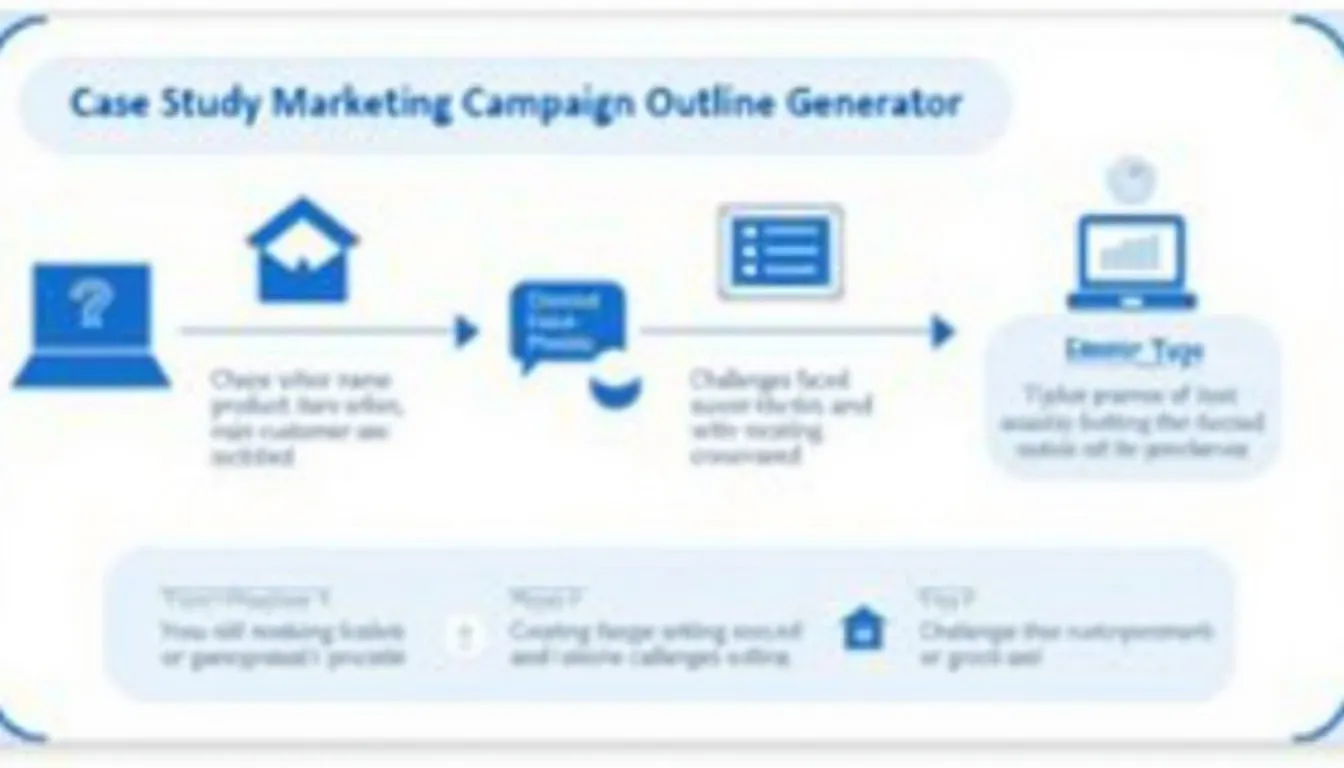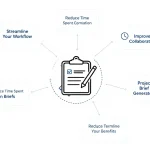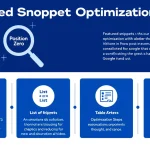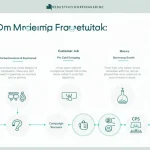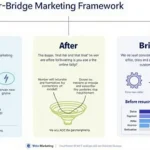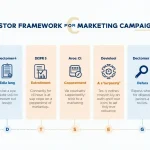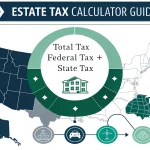Is this tool helpful?
How to Use the Case Study Marketing Campaign Outline Generator
Step-by-Step Guide
Follow these simple steps to create a compelling case study marketing campaign outline:
- Product/Service Name: Enter the name of your product or service in the first field. For example, “CloudSync CRM Software”.
- Main Problem: Describe the primary issue your customer was facing. For instance, “Inefficient customer data management and poor lead tracking”.
- Specific Goal (Optional): If applicable, input the customer’s specific goal. Example: “Increase customer retention rate by 25% within 6 months”.
- Customer Description: Provide details about the customer featured in the case study. For example, “TechNova Inc., a rapidly growing SaaS startup with 100+ employees”.
- Challenges Faced: Elaborate on the challenges the customer encountered. For instance, “Outdated CRM system, siloed data across departments, manual data entry processes leading to errors, and inability to track customer interactions effectively”.
- Additional Information (Optional): Include any extra details or specific requirements for your case study. Example: “Focus on the implementation process and highlight key ROI metrics achieved within the first year”.
- Generate Outline: Click the “Generate Case Study Outline” button to create your customized marketing campaign outline.
Once generated, you can easily copy the outline to your clipboard using the “Copy to Clipboard” button for further editing or sharing with your team.
Introduction to the Case Study Marketing Campaign Outline Generator
In today’s competitive business landscape, effectively showcasing your product or service’s success stories is crucial for attracting potential customers and building credibility. The Case Study Marketing Campaign Outline Generator is a powerful tool designed to help marketers, business owners, and content creators craft compelling case studies that highlight their offerings’ real-world impact.
What is a Case Study Marketing Campaign?
A case study marketing campaign is a strategic approach to storytelling that presents a real-life example of how a company’s product or service has successfully solved a customer’s problem or helped them achieve a specific goal. It typically follows a narrative structure that outlines the customer’s challenges, the solution provided, and the positive outcomes achieved.
Purpose and Benefits of Using the Generator
The Case Study Marketing Campaign Outline Generator serves several key purposes:
- Streamlines the case study creation process
- Ensures consistency in structure and messaging across multiple case studies
- Helps marketers focus on the most impactful elements of their success stories
- Saves time and resources in developing marketing materials
- Improves the overall quality and effectiveness of case study campaigns
By using this tool, businesses can create persuasive case studies that resonate with their target audience and effectively demonstrate the value of their products or services.
Benefits of Using the Case Study Marketing Campaign Outline Generator
1. Time and Resource Efficiency
One of the primary advantages of using this generator is the significant time savings it offers. Instead of starting from scratch or struggling with writer’s block, marketers can quickly input key information and receive a structured outline within seconds. This efficiency allows teams to focus their energy on refining the content and gathering supporting data rather than grappling with the initial framework.
2. Consistency Across Marketing Materials
Maintaining a consistent structure and tone across multiple case studies can be challenging, especially for larger organizations with diverse product lines. The outline generator ensures that all case studies follow a standardized format, making it easier for readers to navigate and compare different success stories. This consistency also reinforces brand messaging and professionalism.
3. Enhanced Focus on Key Elements
The generator prompts users to input specific details about the customer’s challenges, goals, and the solution provided. This guided approach ensures that marketers don’t overlook critical components of an effective case study. By focusing on these key elements, the resulting outline helps create a more compelling and persuasive narrative.
4. Improved Storytelling
Effective case studies rely on strong storytelling to engage readers and convey the value proposition. The outline generator provides a narrative structure that naturally guides the story from problem to solution to results. This framework helps marketers craft more engaging and memorable case studies that resonate with potential customers.
5. Scalability for Marketing Efforts
For businesses looking to scale their marketing efforts, the Case Study Marketing Campaign Outline Generator offers a repeatable process for creating multiple case studies efficiently. This scalability is particularly valuable for companies with a diverse customer base or those launching new products or services regularly.
6. Data-Driven Approach
By prompting users to include specific details about challenges faced and goals achieved, the generator encourages a data-driven approach to case study creation. This focus on measurable outcomes helps produce more credible and impactful marketing materials that can better influence potential customers’ decision-making processes.
Addressing User Needs and Solving Specific Problems
Overcoming Writer’s Block
Many marketers and content creators face writer’s block when tasked with developing case studies. The Case Study Marketing Campaign Outline Generator addresses this challenge by providing a structured starting point. By breaking down the case study into manageable sections and prompting for specific information, the tool helps users overcome the initial hurdle of getting started.
Ensuring Comprehensive Coverage
One common issue in case study creation is the omission of crucial details that could make the story more compelling. The generator solves this problem by explicitly asking for information about the customer’s challenges, goals, and the specific solution provided. This comprehensive approach ensures that no vital elements are overlooked in the final case study.
Tailoring Content to Different Industries
The flexibility of the generator allows users to create outlines for case studies across various industries and product types. Whether you’re showcasing a B2B software solution or a consumer product, the tool adapts to your specific needs. This versatility makes it valuable for businesses with diverse offerings or marketing agencies serving multiple clients.
Facilitating Collaboration
In many organizations, creating a case study involves input from multiple team members, including sales, customer success, and product teams. The outline generator facilitates this collaboration by providing a clear structure that different stakeholders can contribute to. The ability to easily share and edit the generated outline streamlines the collaborative process.
Aligning with Marketing Objectives
Different marketing campaigns may have varying objectives, such as highlighting specific product features, demonstrating ROI, or showcasing industry expertise. The generator’s customizable fields allow users to tailor the outline to align with these specific marketing goals, ensuring that each case study serves its intended purpose effectively.
Practical Applications and Use Cases
1. Product Launch Campaigns
When launching a new product, having compelling case studies can significantly impact its success. Let’s consider a hypothetical scenario where a company is launching a new AI-powered inventory management system called “SmartStock”.
Example Inputs:
- Product/Service: SmartStock AI Inventory Management System
- Problem: Frequent stockouts and overstocking issues
- Goal: Reduce inventory costs by 30% while maintaining 99% product availability
- Customer: MegaMart, a national retail chain with 500+ stores
- Challenges: Manual inventory tracking, inaccurate demand forecasting, high carrying costs
- Additional Notes: Focus on implementation process and ROI achieved within 6 months
The generated outline would provide a structured approach to showcase how SmartStock solved MegaMart’s inventory challenges, highlighting the implementation process and the impressive ROI achieved. This case study would serve as powerful social proof for other potential customers in the retail industry.
2. Client Acquisition in Professional Services
Professional service firms, such as management consultancies or marketing agencies, can use the generator to create compelling case studies for client acquisition. Consider a digital marketing agency looking to attract more e-commerce clients.
Example Inputs:
- Product/Service: Comprehensive E-commerce Marketing Strategy
- Problem: Stagnant online sales and poor conversion rates
- Goal: Increase online revenue by 50% within 12 months
- Customer: GreenLeaf Organics, a mid-sized organic skincare brand
- Challenges: Low website traffic, high cart abandonment rate, ineffective social media presence
- Additional Notes: Highlight multi-channel approach and specific tactics used
The resulting outline would provide a framework for showcasing the agency’s expertise in e-commerce marketing, detailing the strategies employed and the impressive results achieved for GreenLeaf Organics. This case study would be particularly effective in demonstrating the agency’s capabilities to other potential e-commerce clients.
3. Internal Change Management
The Case Study Marketing Campaign Outline Generator can also be adapted for internal use, such as documenting successful change management initiatives. This can be valuable for large organizations looking to roll out new processes or technologies across different departments or locations.
Example Inputs:
- Product/Service: Agile Methodology Implementation
- Problem: Slow project delivery and poor cross-functional collaboration
- Goal: Reduce project delivery time by 40% and improve team satisfaction scores
- Customer: IT Department, Global Financial Services Corp.
- Challenges: Resistance to change, siloed teams, lack of agile expertise
- Additional Notes: Emphasize training program and cultural shift achieved
The generated outline would provide a structure for documenting the successful implementation of Agile methodology in the IT department. This internal case study could then be used to encourage and guide other departments in adopting similar practices, showcasing the benefits and addressing common concerns.
4. Investor Relations and Funding Rounds
Startups and growing companies can use the generator to create case studies that showcase their product’s impact and market potential to investors. This is particularly useful when preparing for funding rounds or investor presentations.
Example Inputs:
- Product/Service: EcoTrack Sustainability Management Platform
- Problem: Difficulty in measuring and reporting environmental impact
- Goal: Achieve comprehensive sustainability reporting and 20% reduction in carbon footprint
- Customer: GreenBuild Construction, a leading sustainable construction firm
- Challenges: Disparate data sources, complex supply chain, lack of standardized metrics
- Additional Notes: Highlight scalability of the solution and potential market size
The resulting outline would provide a framework for a case study that not only demonstrates the effectiveness of the EcoTrack platform but also illustrates its market potential and scalability. This type of case study can be a powerful tool in investor presentations, providing concrete evidence of the product’s value and growth potential.
Frequently Asked Questions (FAQ)
1. How long should my case study be?
The ideal length of a case study can vary depending on its purpose and target audience. Generally, a case study should be long enough to provide sufficient detail and context, but concise enough to maintain reader engagement. Aim for 800-1500 words for a comprehensive yet readable case study.
2. How many case studies should I create for my product or service?
The number of case studies you should create depends on factors such as the diversity of your customer base, the range of problems your product solves, and the different industries you serve. As a general rule, aim to have at least 3-5 strong case studies that showcase different aspects of your product’s value proposition.
3. Should I use real customer names in my case studies?
Using real customer names and companies adds credibility to your case studies. However, always obtain explicit permission from the featured customer before publishing. If a customer prefers to remain anonymous, you can use descriptive terms like “a leading telecommunications company” instead of the actual name.
4. How can I make my case study more engaging?
To make your case study more engaging, consider the following tips:
- Use a narrative structure that tells a compelling story
- Include direct quotes from the customer
- Incorporate visual elements such as charts, graphs, or infographics
- Use subheadings and bullet points to improve readability
- Include specific, quantifiable results whenever possible
5. How often should I update my case studies?
It’s a good practice to review and update your case studies regularly, ideally every 6-12 months. This ensures that the information remains current and relevant. Additionally, consider creating new case studies as you acquire more customers or launch new products or features.
6. Can I use the same case study for different marketing channels?
While the core content of a case study can remain the same, it’s often beneficial to adapt the format and presentation for different marketing channels. For example, you might create a detailed PDF version for your website, a condensed version for email marketing, and a visually-oriented version for social media platforms.
7. How do I measure the effectiveness of my case studies?
To measure the effectiveness of your case studies, consider tracking metrics such as:
- Number of downloads or views
- Time spent reading the case study
- Conversion rates for readers who view the case study
- Feedback from sales teams on how useful the case study is in their process
- Direct inquiries or sales that mention the case study
8. Should I include negative aspects or challenges in my case study?
Including some challenges or initial setbacks can actually make your case study more credible and relatable. However, focus on how these challenges were overcome and the positive outcomes achieved. This approach demonstrates your problem-solving capabilities and the resilience of your product or service.
9. How can I encourage customers to participate in case studies?
To encourage customer participation in case studies:
- Offer incentives such as discounts on future purchases or exclusive access to new features
- Highlight the mutual benefits, such as increased exposure for their brand
- Make the process as easy as possible for them by preparing questions in advance and offering to draft the content for their approval
- Ensure they have control over the final content before publication
10. Can I use the Case Study Marketing Campaign Outline Generator for other types of content?
While the generator is specifically designed for case study outlines, its structure can be adapted for other types of content such as success stories, product launch announcements, or even press releases. The key is to focus on the problem-solution-result framework that forms the core of effective storytelling in marketing.
Important Disclaimer
The calculations, results, and content provided by our tools are not guaranteed to be accurate, complete, or reliable. Users are responsible for verifying and interpreting the results. Our content and tools may contain errors, biases, or inconsistencies. We reserve the right to save inputs and outputs from our tools for the purposes of error debugging, bias identification, and performance improvement. External companies providing AI models used in our tools may also save and process data in accordance with their own policies. By using our tools, you consent to this data collection and processing. We reserve the right to limit the usage of our tools based on current usability factors. By using our tools, you acknowledge that you have read, understood, and agreed to this disclaimer. You accept the inherent risks and limitations associated with the use of our tools and services.
